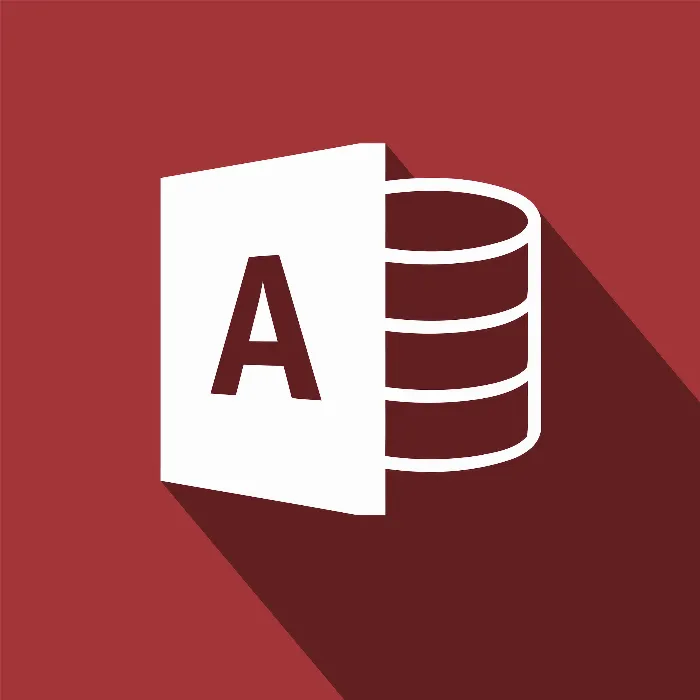Welcome to the fascinating world of Microsoft Access 2016! This tutorial guides you step by step through the various aspects of database management. Even if you may have some initial experience with Access, the practical applications will help you deepen your knowledge and further develop your skills. Whether you want to create a personal database for your movies or recipes or work with colleagues professionally – this course will provide you with the necessary knowledge.
Key insights
- The course is suitable for both beginners and advanced users.
- Topics such as database modeling, queries, reporting, and forms will be covered.
- Practical examples, including a limousine database, will be used to apply what you've learned.
- Participation in quizzes and tasks promotes your independent learning.
Step-by-Step Guide
Start with the first steps in Access 2016. This section is crucial for navigating the software.
Step 1 - Course Overview and Introduction
Let's take a look at the entire course together. You will learn about the important topics we will address together and how you can effectively use Access in your daily life. I invite you to take this first step.
Step 2 - Target Groups and Scope
This course is aimed at both beginners who are new to the world of databases and those who have already gained some experience. We cover the basic and advanced functionalities of the software, allowing you to benefit regardless of your skill level.
Step 3 - Overview of Topics
We will delve into various aspects of Access. These include, among others, database modeling, generating queries, creating reports, and designing forms. The goal is to bring together all relevant information in order to develop a comprehensive understanding of the software and to optimally manage your data.

Step 4 - Practical Example: Limousine Database
One of the most interesting projects we will tackle is creating a limousine-based database. In this project, you will capture customer data, document trips, and manage personnel. You will see how easy it is to organize all this data in a structured manner.
Step 5 - Collecting and Analyzing Data
Throughout the course, you will learn step by step how to calculate and analyze the collected data. This is an important aspect of database work that helps you gain valuable insights and make informed decisions.
Step 6 - Creating Your Own Databases
Another essential component of the course is equipping you with the skills to create your own databases. Whether for private projects like a movie database or professional applications – with the knowledge from this course, you will be well-prepared.
Step 7 - Learning Through Practical Tasks
In this course, I encourage you not only to absorb information but also to learn actively. Through various quizzes and tasks, you will have the opportunity to apply and deepen what you've learned. This will enable you to use Access confidently and creatively.
Step 8 - Networking and Collaboration
Access is not only suitable for personal use but also for professional use. The course shows you how to work in a network with colleagues. This way, you can apply your newly acquired skills in real projects and benefit from collaboration.
Summary – Microsoft Access 2016: Become a Data Hero
In this tutorial, you have gained a comprehensive insight into the functions of Microsoft Access 2016. You are now ready to independently create and manage database applications. Whether you are interested in private or professional projects, the skills learned will help you effectively handle data.
Frequently Asked Questions
How long does the training last?The training covers all important aspects of using Access and lasts a total of about 100 seconds.
Is the course suitable for beginners?Yes, the course is suitable for both beginners and advanced users.
What topics are covered in the course?The topics include database modeling, queries, reporting, and forms.
Can I apply the learned skills professionally?Yes, the learned skills are applicable in both personal and professional domains.
How can I create my own databases?In this course, you will learn step by step how to create and manage your own databases.

